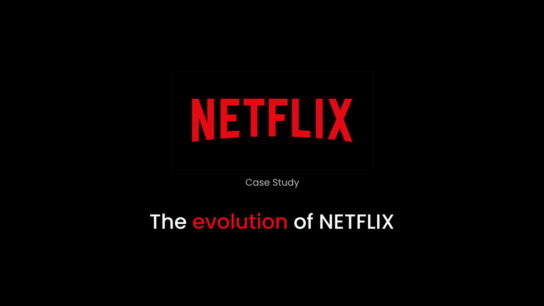In the realm of entertainment, the landscape has continuously evolved, shaped by technological advancements and shifting audience preferences. One significant transformation in recent years has been the rise of OTT (Over-the-Top) TV movies, often abbreviated as “OTT TV movies” or simply “02 TV movies”. These productions represent a burgeoning segment within the broader entertainment industry, offering unique opportunities and challenges that distinguish them from traditional theatrical releases and broadcast television.
Defining OTT TV Movies
OTT TV movies refer to feature-length films produced specifically for distribution and viewing via streaming platforms, such as Netflix, Amazon Prime Video, Hulu, and others. Unlike traditional television movies that were once primarily aired on network or cable television, OTT TV movies are designed from inception for digital streaming. This approach not only caters to changing viewer habits but also capitalizes on the global reach and accessibility that streaming platforms provide.
The Appeal and Market Reach
One of the key reasons behind the rapid growth of OTT TV movies lies in their accessibility and convenience. Viewers can enjoy these films on-demand, across a variety of devices, and often without commercial interruptions. This flexibility has broadened their appeal to audiences worldwide, transcending geographical boundaries and time zones. Moreover, the ability of streaming platforms to personalize recommendations based on viewer preferences has contributed to the popularity of OTT TV movies, helping audiences discover new content that aligns with their interests.
Diversity in Content and Creativity
OTT TV movies have also become a hub for diverse storytelling and creative experimentation. Freed from the constraints of traditional broadcast schedules and network demands, filmmakers and creators have more latitude to explore unconventional narratives, genres, and themes. This creative freedom has led to the production of compelling dramas, innovative documentaries, thought-provoking sci-fi, and everything in between. As a result, OTT platforms have become fertile ground for both established filmmakers and emerging talent to showcase their work to a global audience.
Impact on the Film Industry
The emergence of OTT TV movies has not only expanded viewing options for audiences but has also disrupted the traditional film distribution model. Streaming platforms often offer substantial budgets and resources for original content, attracting top-tier talent in front of and behind the camera. This influx of investment has reshaped the industry, fostering competition among platforms and studios while providing filmmakers with new avenues for financing and distribution.
Challenges and Considerations
Despite their popularity and success, OTT TV movies face several challenges. Competition for viewer attention is intense, requiring platforms to continually innovate and invest in high-quality content to retain subscribers. Moreover, the shift towards digital distribution has raised questions about revenue models, profitability, and the long-term sustainability of streaming platforms, particularly as production costs and licensing fees escalate.
Looking Ahead
The future of OTT TV movies appears promising yet uncertain. As technology evolves and viewer preferences continue to evolve, the landscape will likely undergo further transformation. Trends such as virtual reality (VR) integration, interactive storytelling, and enhanced user experiences may shape the next generation of OTT content, offering audiences even more immersive and engaging entertainment options.
In conclusion, OTT TV movies represent a dynamic and transformative force within the entertainment industry. By leveraging digital platforms to reach global audiences, these films have redefined how stories are told and consumed in the digital age. As the industry continues to evolve, OTT TV movies will undoubtedly play a pivotal role in shaping the future of entertainment, offering unparalleled opportunities for creativity, diversity, and audience engagement.




